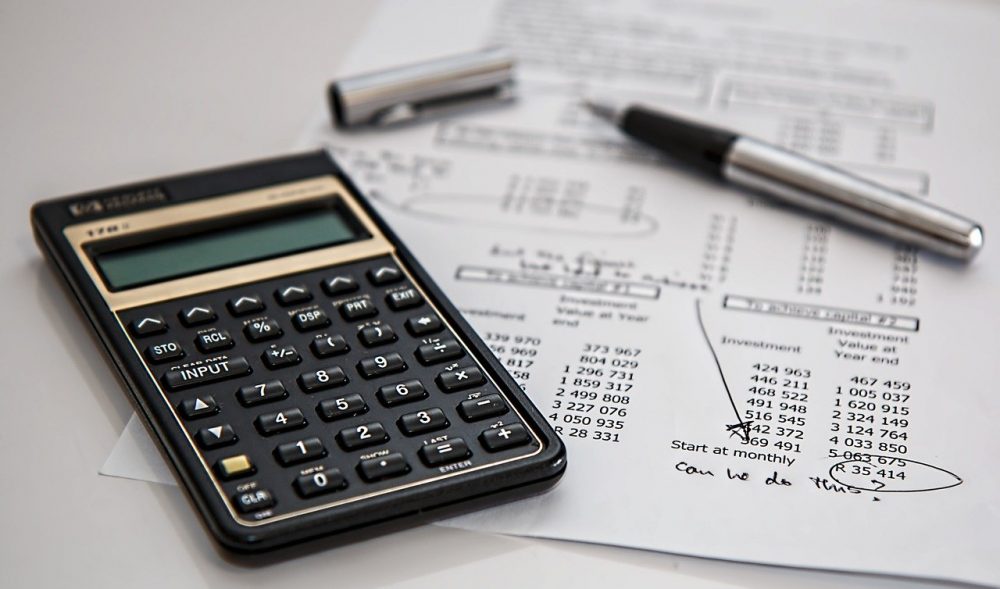The government needs money in order to maintain law in the country and to carry out certain
welfare measures to achieve the balanced development of the state. The tax is one of the major sources of income for the government of India. The tax is classified into two kinds according to their scope and impact. One is a direct tax and another is an indirect tax. Direct tax is a form of income tax that is directly paid to the government by the individuals. Indirect tax is also a form of tax that is collected by an individual through an intermediary, which bears the final economic burden of the tax.
Taxation is the only tool to achieve long-term economic growth and development of any country. It is very important to understand the components of the taxes to which you must aim to achieve an increase. Commonly, personal income tax had a lesser or no impact on economic growth, in turn, corporate income.
Taxes had a considerable impact on economic growth. To achieve long-term economic growth, it is absolutely essential to know the sources of specific income and it is also essential to understand what tax components are relevant in the context to achieve long-term economic growth.
Taxation System Before GST:
In the latest decade, there were huge reforms in the Indian taxation system. For better agreement, Ease and more helpful implementation of rationalized tax rates, tax payments, and enacted tax laws Simplified. The process of rationalization of tax administration continues to have an impact. The Indian taxation policy mainly divided into two sections direct tax and indirect tax.
Direct and Indirect Tax
In the case of indirect taxes, the tax is imposed on one person and the responsibility comes on another man, while in the case of direct taxes, the responsibility comes immediately on the taxpayers.
Income Tax
According to the Income Tax Act 1961, all have that is an assessee and whose entire profit exceeds the highest exclusion limit. Shall be responsible for rates designated in the Finance Act or for the income tax at the rate or an assessee may be individual, HUF, local authority, body of individuals, company, firm, etc.
The living state of a person in India settles his total income. For tax purposes, people may be a resident, non-resident or not ordinarily resident.
| Residential Status | Foreign Income | Indian Income |
| Resident and ordinarily resident | Taxable | Taxable |
| Resident but not ordinarily resident | Not taxable | Taxable |
| Non-Resident | Not taxable | Taxable |
The central government collects the income tax on people and CBDT is liable for its performance.
Sales tax:
Sales tax which is levied on the sale of all goods usually is payable by a seller in the course of trade whether it is interstate, outside a state or in the matter of export or import from India.
Value-added tax (VAT):
It is a multi-stage property tax system introduced in which the tax is applied through various stages of supply and production with credit granted for taxes already paid at each stage of its added value. The introduction of VAT at the state level is also the most important tax reform measure that has been carried out at the state level as well. The VAT at the state level was replaced by the state sales tax being at that time. All state taxes on the purchase or sale of goods must now be included in the VAT system only.
Excise Duty:
The central special tax is an indirect tax imposed on goods that are manufactured in India. Excisable Goods subject to special taxes have been fixed. As those that have been specified in the central special tax law as subject to the special tax.
Customs Law:
Customs services are also known as import duties required by the central government of India on goods imported into India. The type of customs duty that applies to goods depends on the classification of goods that are determined by the Customs Tariff.
Service Tax:
The service tax in India was brought back in 1994. It was begun with only three essential services that are general insurance, stockbroking, and telephone. Today about all the services discussed in the negative list are covered by service tax. The service tax rate has also seen a regular rise.
Conclusion
The goods and services tax, including an end-to-end IT-enabled tax tool, is likely to make a fair amount of Government revenue. The offensive action of tax theft is expected to be drastically decreased under the GST administration to benefit both governments and consumers. Actually, that extra income than the government hopes to generate would come from the reduction of tax theft instead of that of the consumer pocket.




